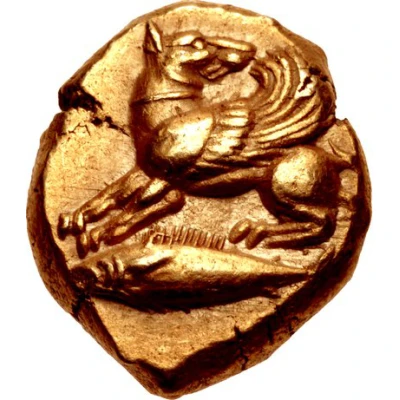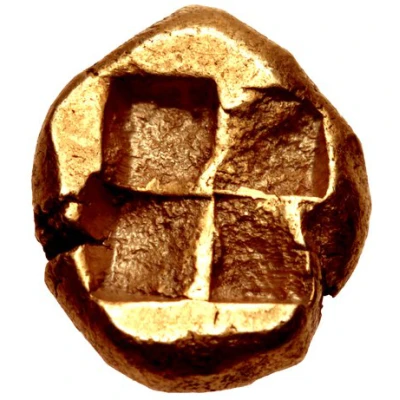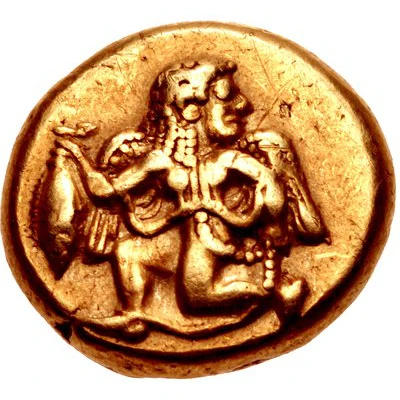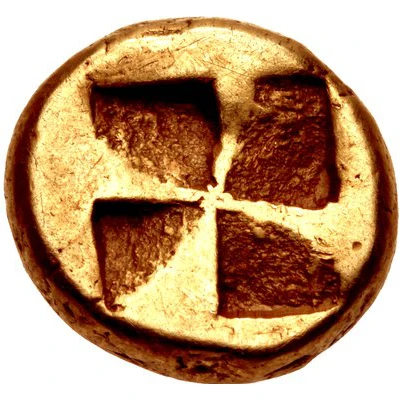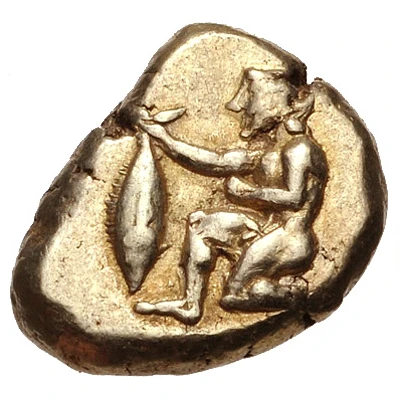
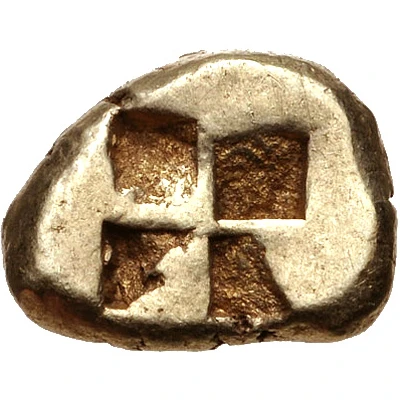

© Classical Numismatic Group, Inc.
Hekte 550 BC - 450 BC
| Electrum | 2.51 g | 10.0 mm |
| Issuer | Kyzikos (Mysia) |
|---|---|
| Period | City administration (600 BC - 1 AD) |
| Type | Standard circulation coin |
| Years | 550 BC - 450 BC |
| Value | Hekte (⅙) |
| Currency | Electrum Stater (600-330BC) |
| Composition | Electrum |
| Weight | 2.51 g |
| Diameter | 10.0 mm |
| Shape | Round (irregular) |
| Technique | Hammered, Incuse |
| Demonetized | Yes |
| Updated | 2024-10-10 |
| Numista | N#134091 |
|---|---|
| Rarity index | 100% |
Reverse
Quadripartite incuse square.
Interesting fact
The Hekte coin was used as a form of currency in the ancient city of Kyzikos (Mysia) and was made of electrum, a naturally occurring alloy of gold and silver. Despite its small weight of 2.51 grams, the Hekte coin was a significant denomination in its time and was used for everyday transactions. Its design featured an image of a lion's head on one side and an inscription on the other, which helped to establish its authenticity and value. The use of electrum in the production of coins during this period was a technological innovation that helped to standardize currency and facilitate trade across different regions.
